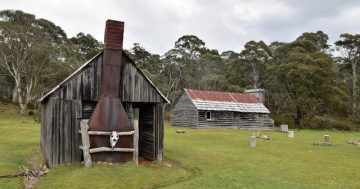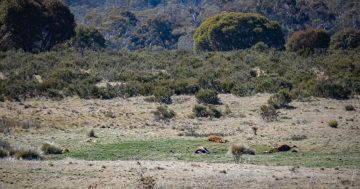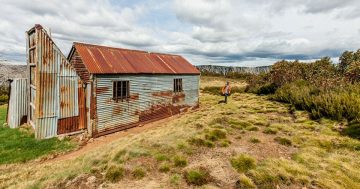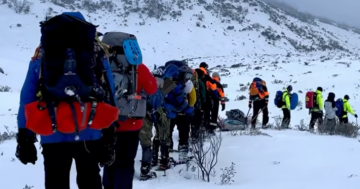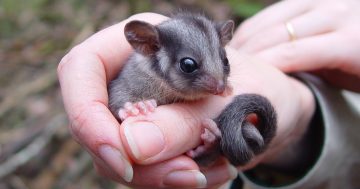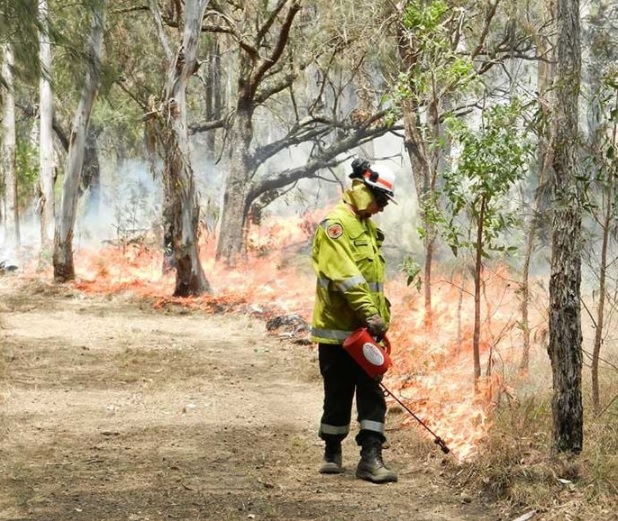
Hazard reduction burns in autumn help the NSW National Parks and Wildlife Service manage fuel loads ahead of the next summer period. Photo: NSW National Parks and Wildlife Service.
If you see smoke rising from the rooftop of Australia this week, don’t be alarmed – it just means the NSW National Parks and Wildlife Service (NPWS) has resumed its hazard reduction burn program in Kosciuszko National Park.
The burns resumed this week and, weather permitting, will continue in coming weeks.
Acting NPWS branch director Steve Cathcart said the first four burns, which follow recent rainfall, range from 300-3000 hectares on blocks at the eastern end of the Byadbo area of Kosciuszko National Park, southwest of Bombala.
“These burns will help protect the park and to limit the potential spread of wildfire to surrounding private properties,” he said.
Mr Cathcart said weather conditions remain ideal for these burns to start in Southern Kosciuszko.
“Initially, smoke from the burn program may be visible in southern border areas of NSW and northeast Victoria, near Delegate, for a number of days,” he said.
Later this week, smoke may be visible from burns further to the north and other burns closer to the southern end of Lake Eucumbene.
Sightseers must keep away from the planned burns for their own safety, and Mr Cathcart warned motorists to drive to conditions and observe any warning signs or directions from fire crews.
Travellers who find themselves in a smoky area must slow down, turn on their headlights, and car windows should remain closed.
“People with asthma or who are susceptible to respiratory problems are advised to keep clear of the area or stay indoors,” said Mr Cathcart.
The NSW Rural Fire Service also suggests people keep their doors and windows closed to prevent smoke from entering their homes.
If smoke levels are high and if shortness of breath or coughing develops, take your reliever medicine or seek medical advice.
Visitors planning a trip to Kosciuszko National Park are advised to check the NSW National Parks and Wildlife Service website for updates on the timing of the burn and trail closures.
For health information relating to smoke from bushfires and hazard reduction burning, visit the NSW Health website and Asthma Australia.
For more information on hazard reduction activities, visit the NSW Rural Fire Service and the RFS ‘Fires Near Me’ app.








